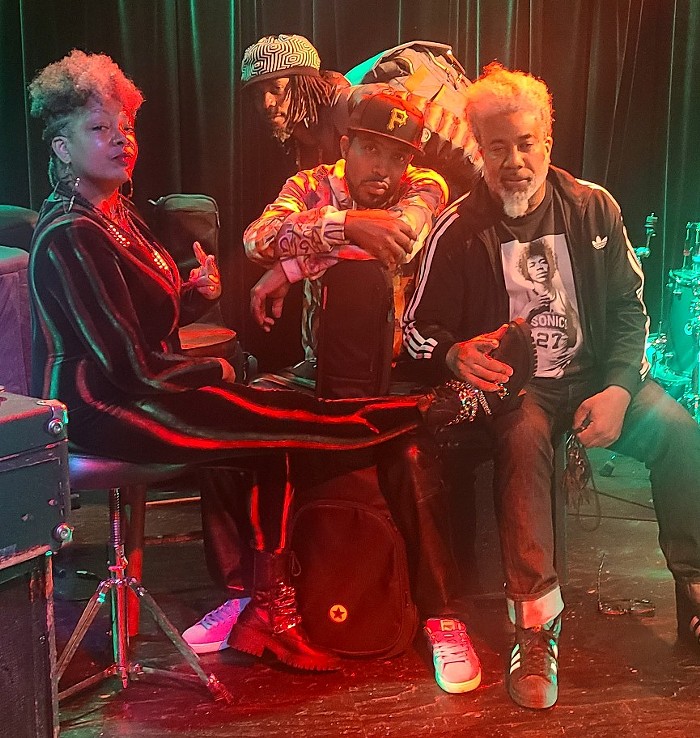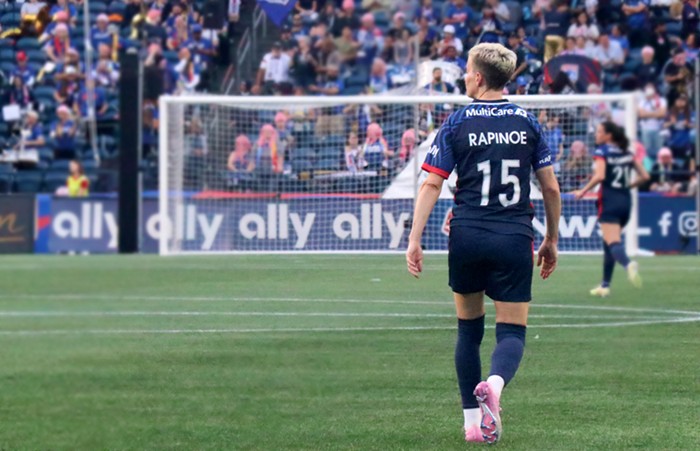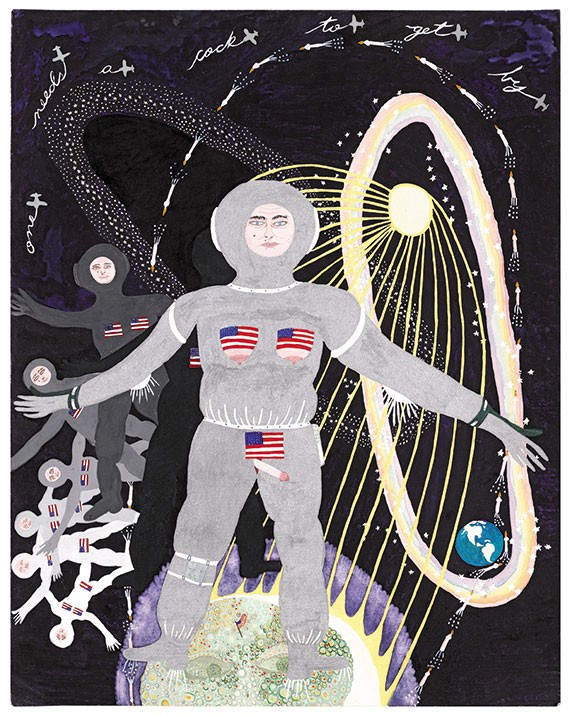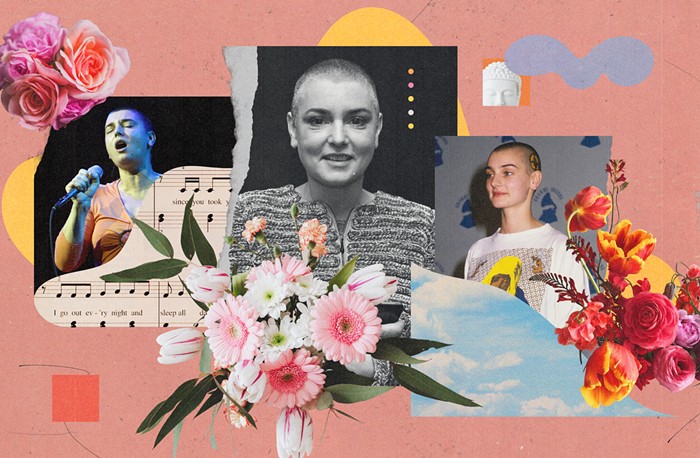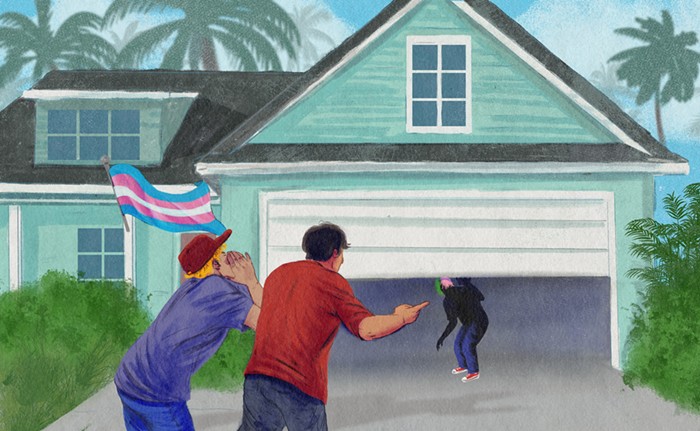Matthew Offenbacher
His paintings are deeply calm about being completely uneasy, and they connect with something in you that wants to feel the same. This quality passing silently between viewer and painting has earned Matthew Offenbacher comparison to a standup comedian. If there's any joke here, it's an extended improvisation on the dreams of modernist abstraction—but his paintings don't just want to laugh, they also want to believe. Meanwhile, he's a polymath: He writes essays for and publishes the generally great, freely distributed artist newsletter La Especial Norte, he curates shows with and for other artists, and he generally helps to hold Seattle art together. He's its community organizer. JEN GRAVES
Anne Mathern
Everything about Anne Mathern's art became clear—and more complex—in a video she made that was featured at Seattle Art Museum this year. In it, she stares down the camera while she stands in the back of a pickup truck moving across a rural landscape and lip-synchs an Italian love song as the wind whips her face red. This came on the heels of a show with Chad Wentzel in which she tried like hell to learn and perform a sinuous rave dance that came naturally to him and followed him into the woods, picking up photographic and sculptural traces of his communion with the wild. In the process of laboring toward transcendent experience, Mathern finds something else, something surprising and direct and ongoing. JG
Leo Berk
He took a risk, made a leap: Developing sculptures from news events could easily be a recipe for disaster. But Leo Berk's series of topographies based on Saddam Hussein's spider hole, Tora Bora, Naj Tunich, and the Quecreek Mine—2-D, 3-D, and in-between—embodied the ache for information and the way that ache perverts facts and invents realities, becomes spectacular, pornographic, glittery, desperate. This is not to say his works were flashy; in fact, they were rather minimal. Which made them throb. JG
Claire Cowie
Rivers of disembodied heads, in the colors of sick flowers, cut valleys through a series of 12 paintings hung as if they formed one huge, enveloping horizon. Another work, a sculpture: a birdcage full of dangling medallions painted on both sides—the same face on the front and back of each one, but painted from memory, so inconsistent, and representing someone dead. Yet another series: inky disasters drawn forward through art history, from Goya, from Bruegel. Death has always stalked Claire Cowie's paintings and sculptures, but lately she's taken it in and given it a furnished room in the parallel universe she's been building for years. With time, that universe only seems to expand. JG
